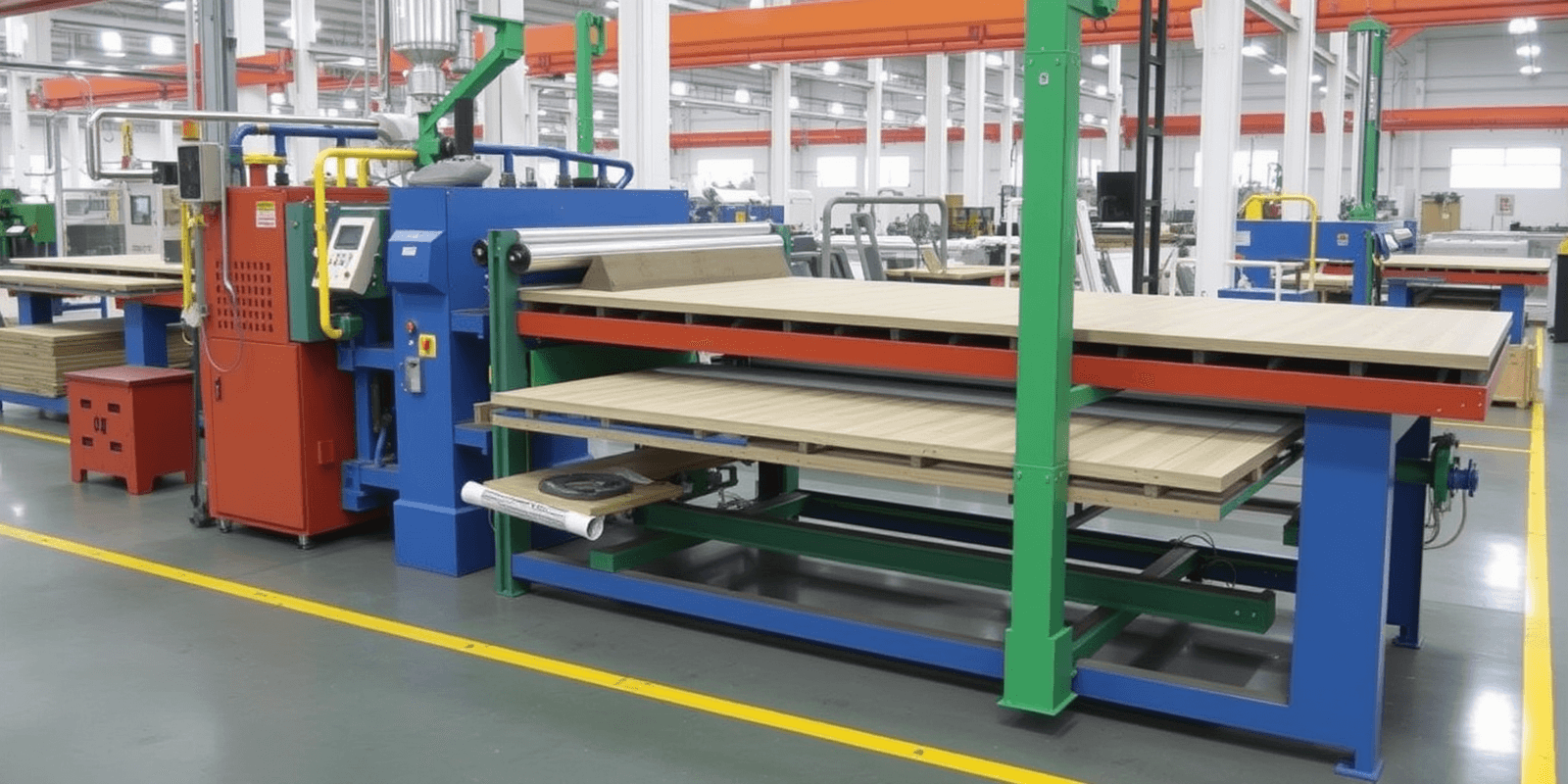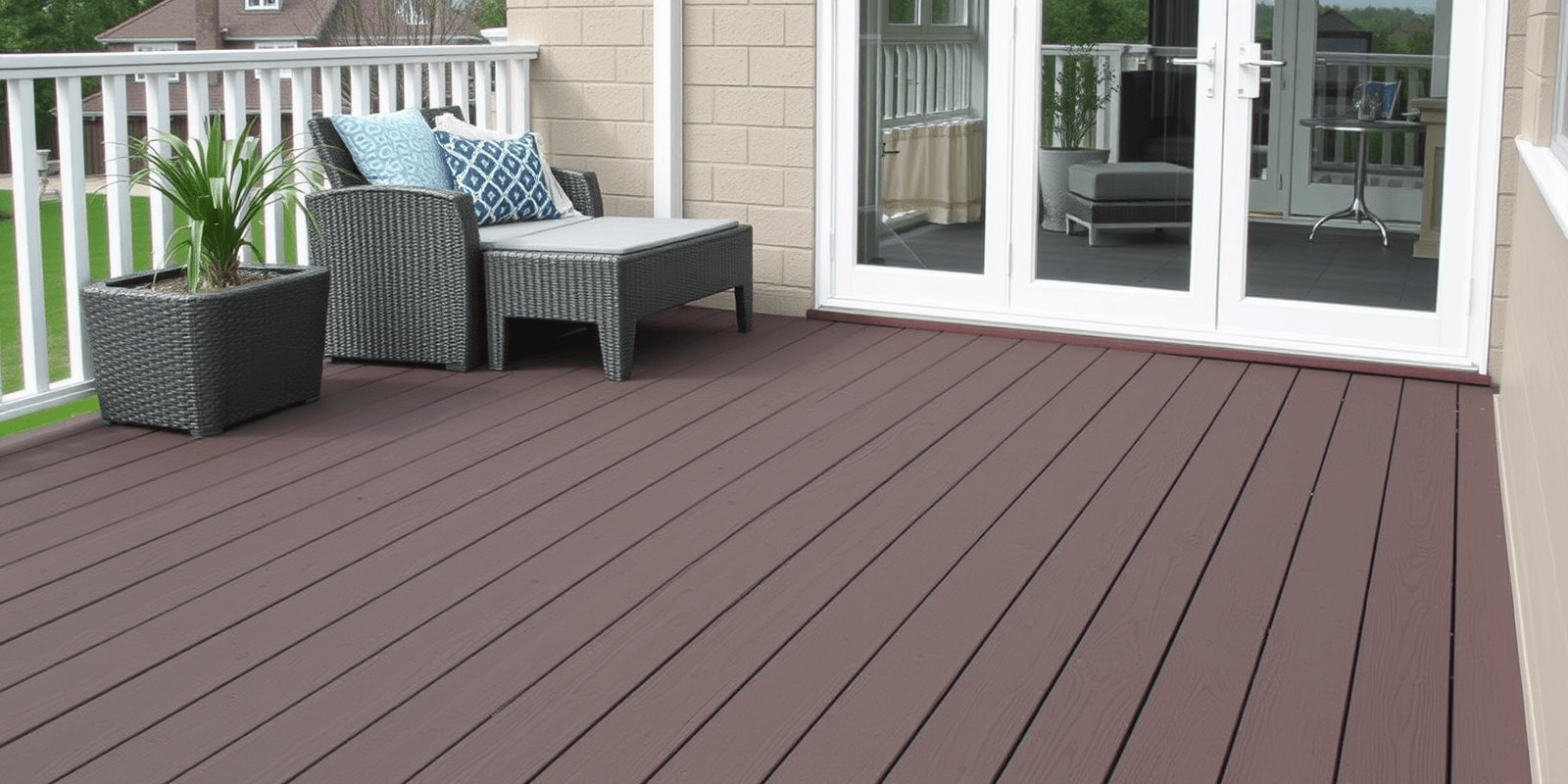Innovations in Wood Plastic Composite Decking Manufacturing Techniques
Introduction
Wood Plastic Composite (WPC) decking has gained significant popularity due to its durability, low maintenance, and environmental benefits. The traditional manufacturing processes of WPC decking have seen several advancements in recent years, focusing on enhancing production efficiency, reducing waste, and promoting sustainability. This article explores some of the latest innovations in WPC decking manufacturing techniques that are shaping the future of this industry.
Automated Systems: Streamlining Production Speed
The integration of automated systems in the production line of WPC decking has revolutionized the manufacturing process. Automated machinery not only increases the production speed but also ensures consistent quality. For instance, robotic arms can handle repetitive tasks like mixing raw materials, extruding the composite, and cutting the final product with precision. This automation reduces labor costs and minimizes human error, leading to a more efficient and cost-effective manufacturing process.
Eco-Friendly Additives: Enhancing Sustainability
One of the key focuses in modern WPC decking manufacturing is the use of eco-friendly additives. These additives can improve the performance of the composite material while minimizing its environmental impact. For example, biodegradable fillers made from natural fibers or recycled plastics can replace synthetic components, making the final product more sustainable. Additionally, incorporating UV stabilizers and fire retardants derived from natural sources can extend the lifespan of WPC decks, reducing the need for frequent replacements.
Sustainable Sourcing Practices: Promoting Environmental Responsibility
Sustainable sourcing of raw materials is another critical aspect of WPC decking manufacturing. Companies are increasingly adopting practices that ensure the responsible extraction and use of resources. This includes using post-consumer recycled plastics and sustainably sourced wood fibers. By prioritizing sustainable sourcing, manufacturers can significantly reduce their carbon footprint and contribute to global efforts in combating climate change. Moreover, transparent supply chain management helps build trust with consumers who value environmentally responsible products.
Conclusion
The innovations in WPC decking manufacturing techniques, including automated systems, eco-friendly additives, and sustainable sourcing practices, are transforming the industry. These advancements not only enhance production speed and reduce waste but also promote environmental sustainability. As consumer awareness of environmental issues grows, companies that embrace these innovations will be better positioned to meet market demands and contribute positively to the planet.



